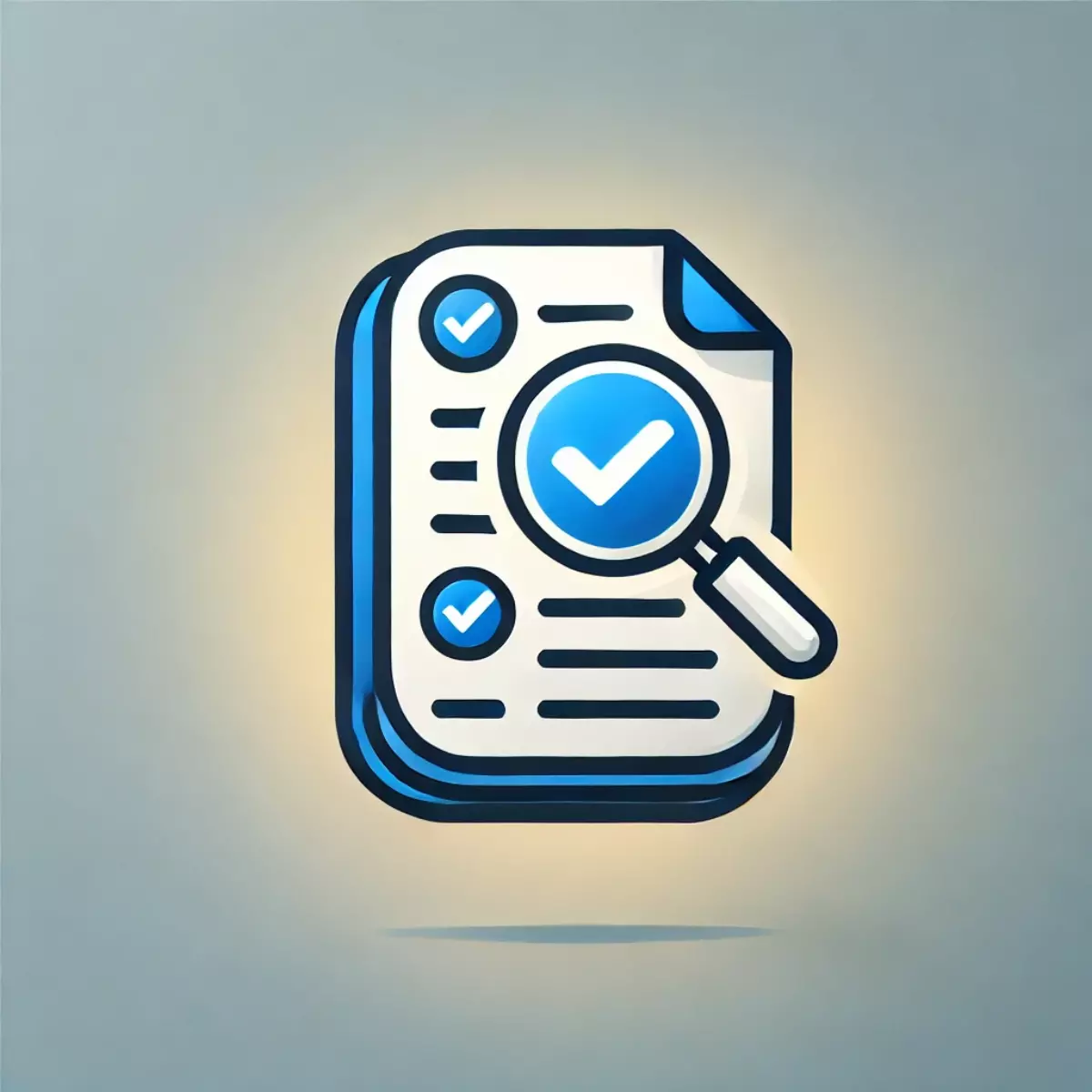nuclei
Comprehensive Guide to Nuclei Scans
Nuclei is a powerful tool for performing vulnerability scans and security assessments on web applications. This guide walks you through the different modes, templates, and tips for using Nuclei effectively.
🌎 Default Mode
By default, Nuclei uses almost all available templates, making it suitable for comprehensive scans. To perform a complete scan, you can use the following commands:
1
2
3
4
5
> nuclei -u http://domain[.]com
> nuclei -l url_list.txt
> cat urls.txt | nuclei
Warning: Be cautious when running scans as they can overload servers, especially on high-traffic or resource-constrained systems.
🔧 Template-Based Scans
Nuclei allows you to specify individual templates, folders, tags, or severity levels to target specific vulnerabilities. Below are examples:
Using Specific Templates
1
> nuclei -u http://site[.]com -t my-template.yaml
Scanning a Folder of Templates
1
> nuclei -u http://site[.]com -t nuclei-templates/cves/
Using Tags
1
> nuclei -u http://site[.]com -tags log4j
Based on Severity
1
> nuclei -u http://site[.]com -severity low
⚔️ Moderate Scan
Nuclei is a powerful tool, but its scans can be resource-intensive. For smaller web applications or systems with limited resources, you can reduce the scan’s impact by controlling its speed and concurrency:
1
> nuclei -u http://site[.]com -rate-limit 20 -concurrency 5 -timeout 10
This setup ensures:
- Rate Limit: A maximum of 20 requests per second.
- Concurrency: Up to 5 concurrent threads.
- Timeout: Each request will timeout after 10 seconds if unresponsive.
📄 Output Options
Nuclei provides various options for saving the results. Here are some commonly used commands:
Save Results to a File
1
> nuclei -u http://domain[.]com -o results.txt
Save Results with Responses
1
> nuclei -u http://domain[.]com -o output/results.txt -store-resp output
JSON Output with Request-Response Details
1
> nuclei -u http://site[.]com -o results.txt -json -include-rr
🔄 Miscellaneous Features
Execute Scans with New Templates Only
1
> nuclei -u http://site[.]com -nt
Update Nuclei and Templates
1
2
> nuclei -update
> nuclei -update-templates
Proxy Requests Through Burp Suite
1
> nuclei -u http://site[.]com -p http://127.0.0.1:8080
💣 Scans Based on Severity
You can target vulnerabilities based on their severity levels. For example, you can scan only for high and medium severity vulnerabilities:
1
> nuclei -u https://domain[.]com -tags xss -severity high,medium
Alternatively, exclude informational vulnerabilities:
1
> nuclei -l target.txt -t /nuclei-templates/cves/2022/ -exclude-severity info
📸 Make Screenshots of Your Targets
Nuclei supports headless mode to take screenshots of target web pages. Here’s how:
Single Target
1
> nuclei -u https://target[.]com -headless -t nuclei-templates/headless/screenshot.yaml -v
Multiple Targets
1
> nuclei -l target.txt -headless -t nuclei-templates/headless/screenshot.yaml -v
🔬 Template Categories Scans
To scan specific categories of templates, you can define multiple directories. Here’s an example:
1
> nuclei -l disney_httpx.txt -t cves/* -t brute-force/* -t files/* -t panels/* -t tokens/*
🌐 Finding Vulnerabilities Using Shodan
You can combine Shodan with Nuclei for an efficient vulnerability scan. Here’s how:
Fetch IPs Using Shodan and Scan
1
2
3
> shodan search ssl[.]cert[.]subject[.]CN:"http://target[.]com*" 200 --fields ip_str | httpx | tee ips.txt
> nuclei -l ips.txt -o vulns.txt
Simplified Workflow
1
echo 'https://target[.]com' | uncover | httpx | nuclei
With these examples and resources, you can leverage Nuclei to perform powerful and precise scans tailored to your needs. Happy hunting!
